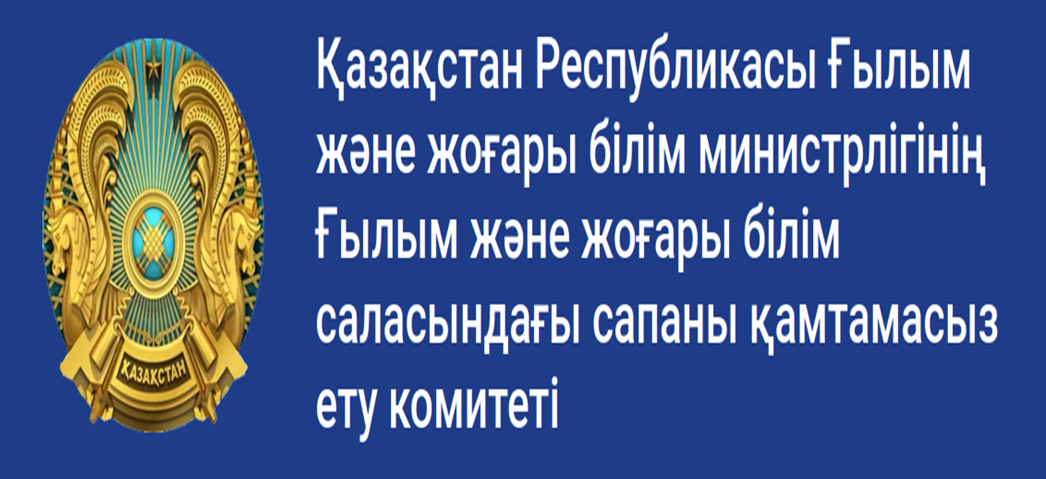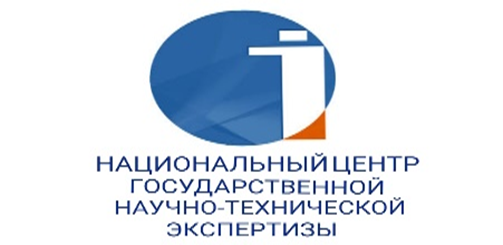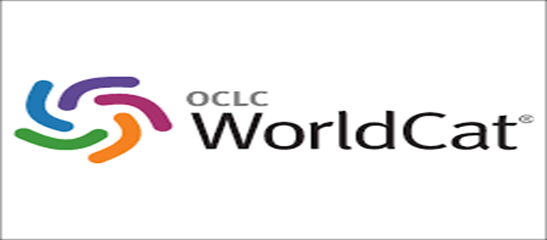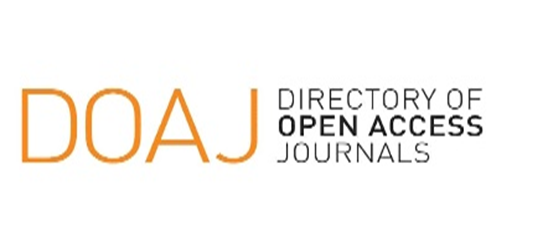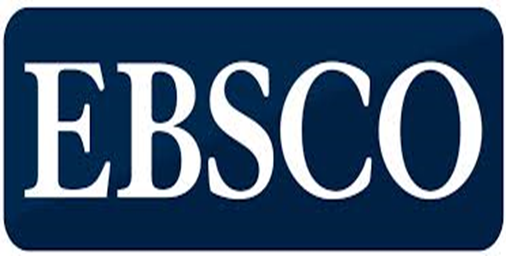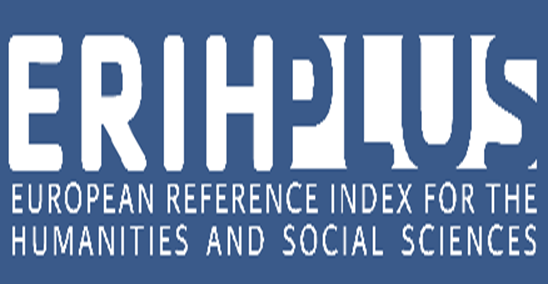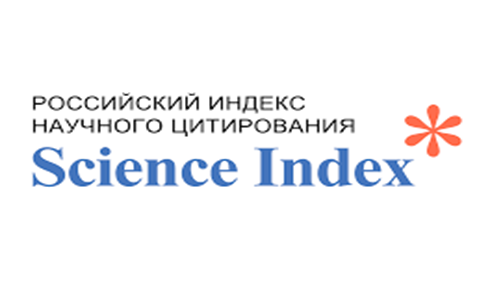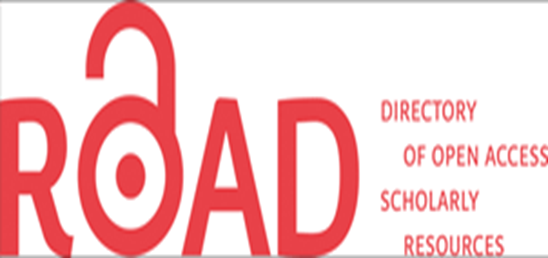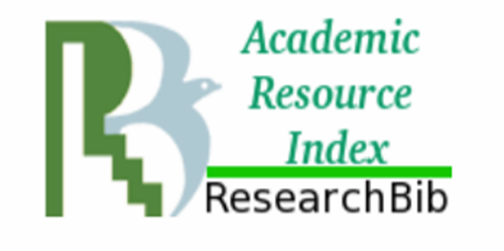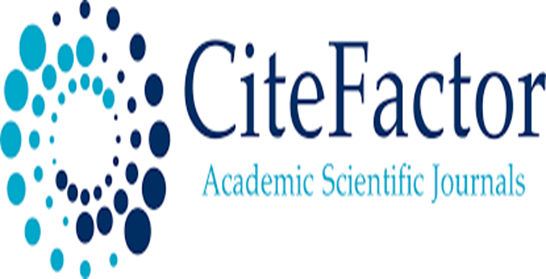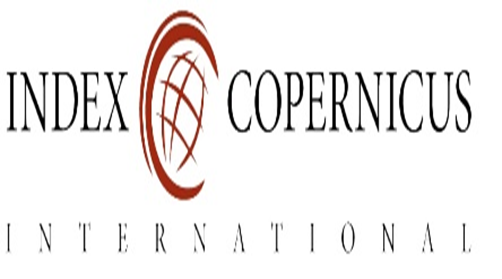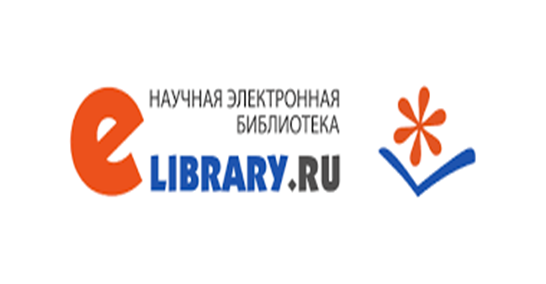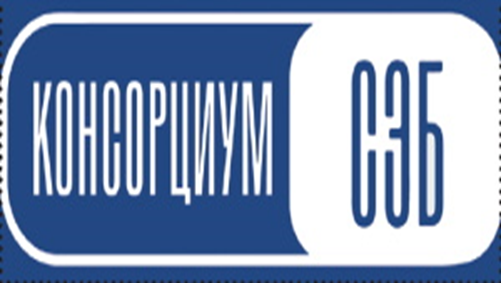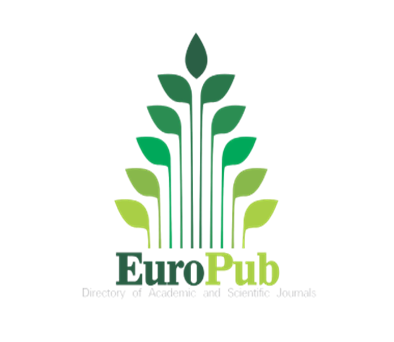Preservation of the native language in the context of the problem of vulnerable and endangered Turkic languages of Kazakhstan
Views: 320 / PDF downloads: 460
DOI:
https://doi.org/10.32523/2664-5157-2022-1-47-57Keywords:
language loss, causes, Turkic peoples of Kazakhstan, migration, preservation of culture and native language, conversation, interview, audio recordings of authentic texts, language analysisAbstract
Throughout the development of human civilization, there has always
existed a problem of extinction of certain languages. Along with the peoples
that have sunk into history, languages have disappeared either becoming dead
or solely written languages. Therefore, Old Turkic, Old Uyghur, Pecheneg,
Polovtsian, Chagatai, Sanskrit, Vedic, Ancient Greek, Latin, Old Slavonic,
Gothic, Polabian, Tocharian and many other languages of the world are now
dead. There is a variety of reasons for extinction of languages and historically
they have manifested themselves in different ways. Among the main causes
there are social factors, state’s language policy, areal-cultural interactions,
linguistic expansion of the dominant language and a consequent loss of native
speakers. All of these apply to the vulnerable and endangered Turkic languages
of Kazakhstan, the study of which is presented in this article. In addition,
the article draws attention to preservation of native languages of the Turkic
peoples living in the Republic of Kazakhstan.
Most of the Turkic-speaking peoples migrated to Kazakhstan during the
Stalinist repressions, the Great Patriotic War and the development of virgin
lands. According to official statistics, more than twenty representatives of
the Turkic ethnic groups live in the Republic of Kazakhstan including Tatars,
Bashkirs, Turkish, Kumyks, Kyrgyz, Uighurs, Karachais, Uzbeks, Azerbaijanis,
Nogais, etc. Many of minor Turkic peoples of Kazakhstan have retained their
traditions, customs and native languages.
In the course of this study, along with meetings and conversations,
interviews with representatives of Kumyk, Nogai and Karachay ethnic groups
were held and audio recordings of oral folk texts were made. The article
presents a linguistic analysis of these audio recordings in terms of phonetic,
lexical-semantic investigation as well as an analysis of some grammatical
forms and categories. As a result of the study, it was revealed that the native
language is mainly used in the family and household whereas oral folk art and
literary works are mostly known by representatives of the older generation.






